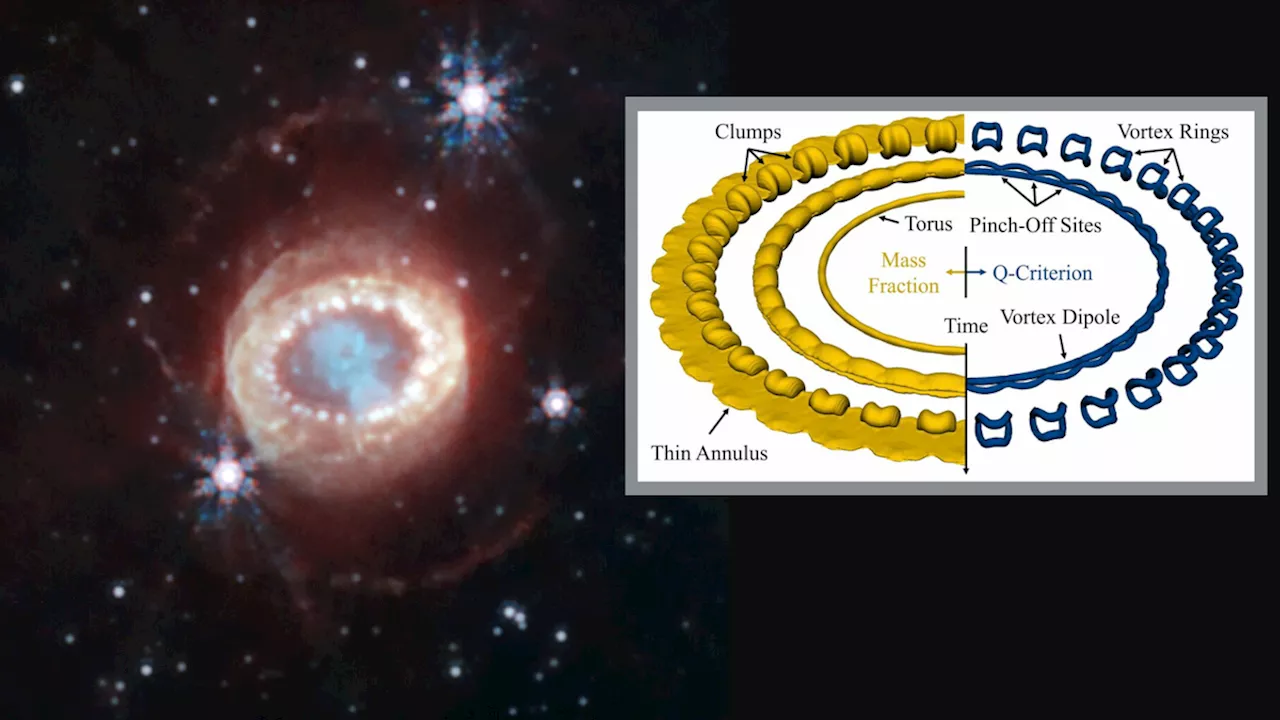Robert Lea is a science journalist in the U.K. whose articles have been published in Physics World, New Scientist, Astronomy Magazine, All About Space, Newsweek and ZME Science. He also writes about science communication for Elsevier and the European Journal of Physics. Rob holds a bachelor of science degree in physics and astronomy from the U.K.
an image of the supernova 1987A taken by the JWST showing its mysterious"string of pearls" a diagram showing how this feature could have formed
Now, however, researchers from the University of Michigan may understand at last how this"string of pearls" was forged. They believe the structure may be connected to the way contrails are created. Those are the fluffy white streaks that airplanes leave behind in the sky as they fly over the surface of Earth.
"The Rayleigh-Taylor instability could tell you that there might be clumps, but it would be very difficult to pull a number out of it," Wadas said.Plus, this cosmic explosion occurred at a time when its light was capable of reaching Earth, during a period when humanity was equipped with the instruments needed to watch its evolution. In fact, SN 1987A became the first supernova visible to the unaided eye sincewas seen in 1604.
This would have happened tens of thousands of years before the supernova itself. In the intervening time before that stellar explosion, strongmade up of high-speed charged particles emanating from the star would have buffeted this gas. That could have formed the clumps of hydrogen around the star before it went supernova, meaning the string of pearls that adorns SN 1987A may have been there before the supernova even happened.
The team's simulation specifically predicted that SN 1987A should be adorned by 32 pearls, which is pleasingly close to the 30 clumps of hydrogen seen around this supernova wreckage by actual observations.
United States Latest News, United States Headlines
Similar News:You can also read news stories similar to this one that we have collected from other news sources.
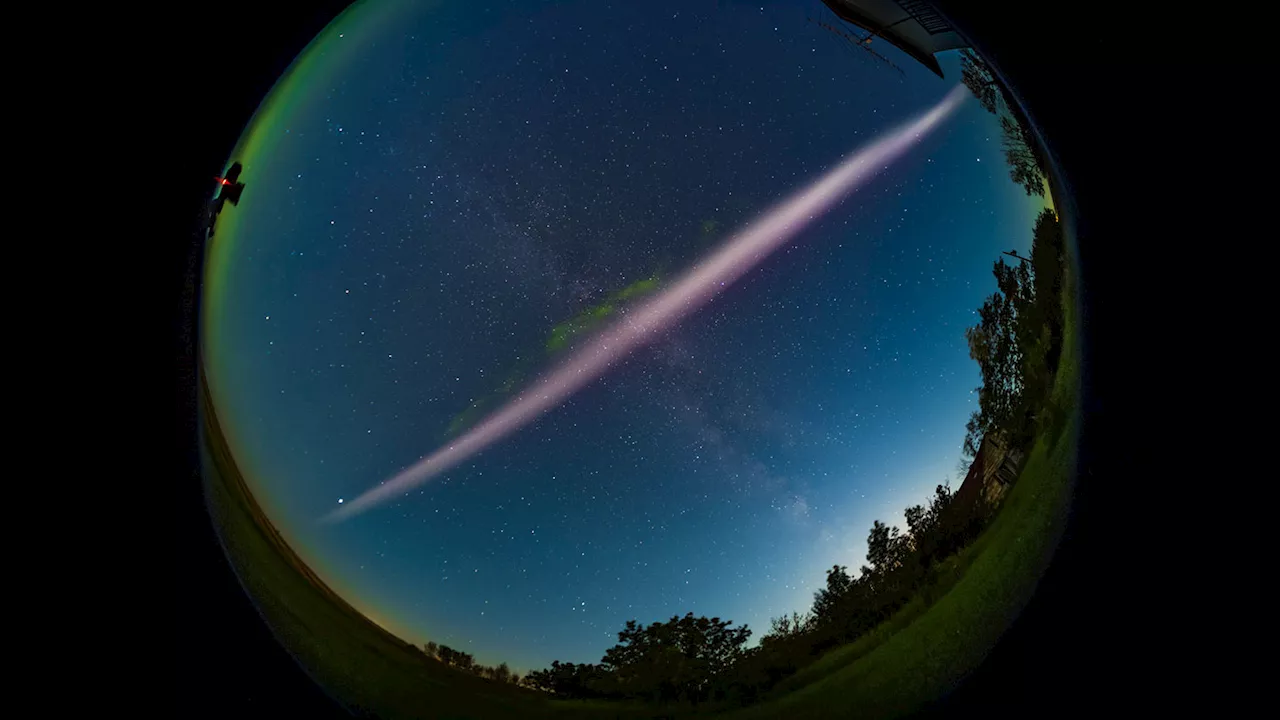 STEVE and other aurora-like glows perplex scientists with their complex physicsNew views of STEVE from citizen scientists keep raising questions about the atmospheric light show — but computer models may offer some answers.
STEVE and other aurora-like glows perplex scientists with their complex physicsNew views of STEVE from citizen scientists keep raising questions about the atmospheric light show — but computer models may offer some answers.
Read more »
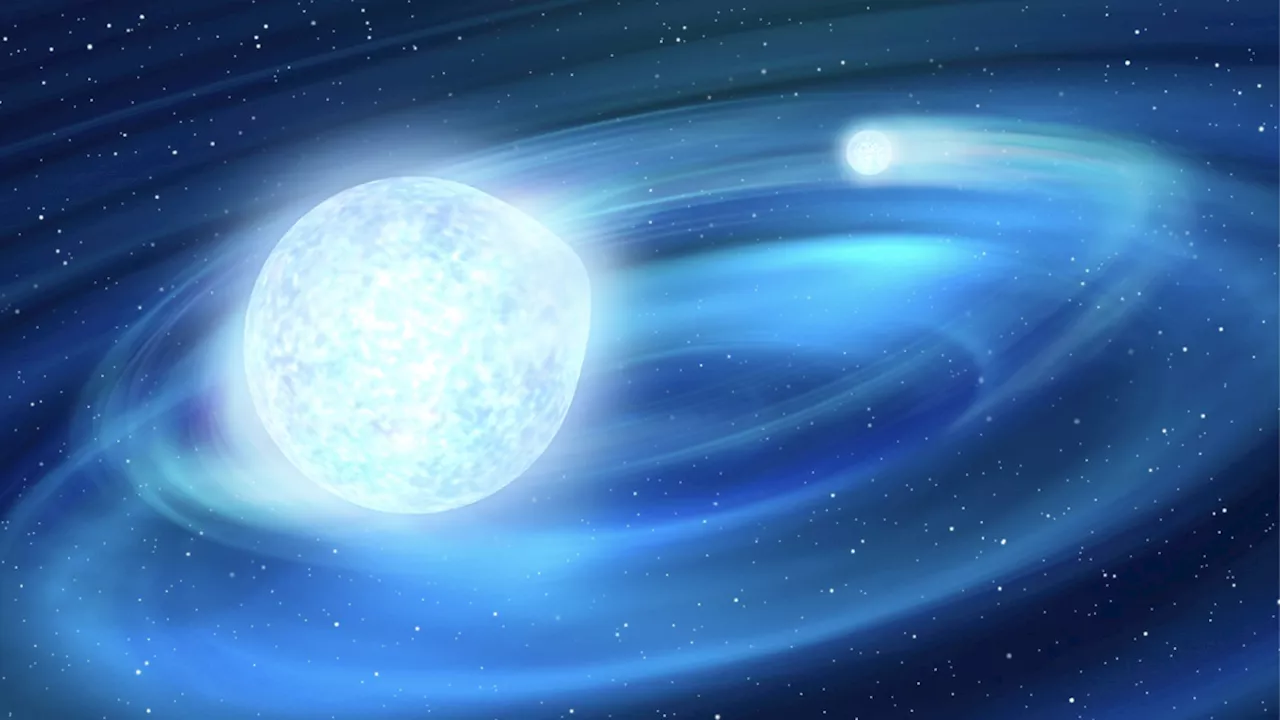 For this dead star, 72 years is a single Earth dayRobert Lea is a science journalist in the U.K. whose articles have been published in Physics World, New Scientist, Astronomy Magazine, All About Space, Newsweek and ZME Science. He also writes about science communication for Elsevier and the European Journal of Physics. Rob holds a bachelor of science degree in physics and astronomy from the U.K.
For this dead star, 72 years is a single Earth dayRobert Lea is a science journalist in the U.K. whose articles have been published in Physics World, New Scientist, Astronomy Magazine, All About Space, Newsweek and ZME Science. He also writes about science communication for Elsevier and the European Journal of Physics. Rob holds a bachelor of science degree in physics and astronomy from the U.K.
Read more »
 Scientists create 5 new isotopes to learn how neutron star collisions forge goldRobert Lea is a science journalist in the U.K. whose articles have been published in Physics World, New Scientist, Astronomy Magazine, All About Space, Newsweek and ZME Science. He also writes about science communication for Elsevier and the European Journal of Physics. Rob holds a bachelor of science degree in physics and astronomy from the U.K.
Scientists create 5 new isotopes to learn how neutron star collisions forge goldRobert Lea is a science journalist in the U.K. whose articles have been published in Physics World, New Scientist, Astronomy Magazine, All About Space, Newsweek and ZME Science. He also writes about science communication for Elsevier and the European Journal of Physics. Rob holds a bachelor of science degree in physics and astronomy from the U.K.
Read more »
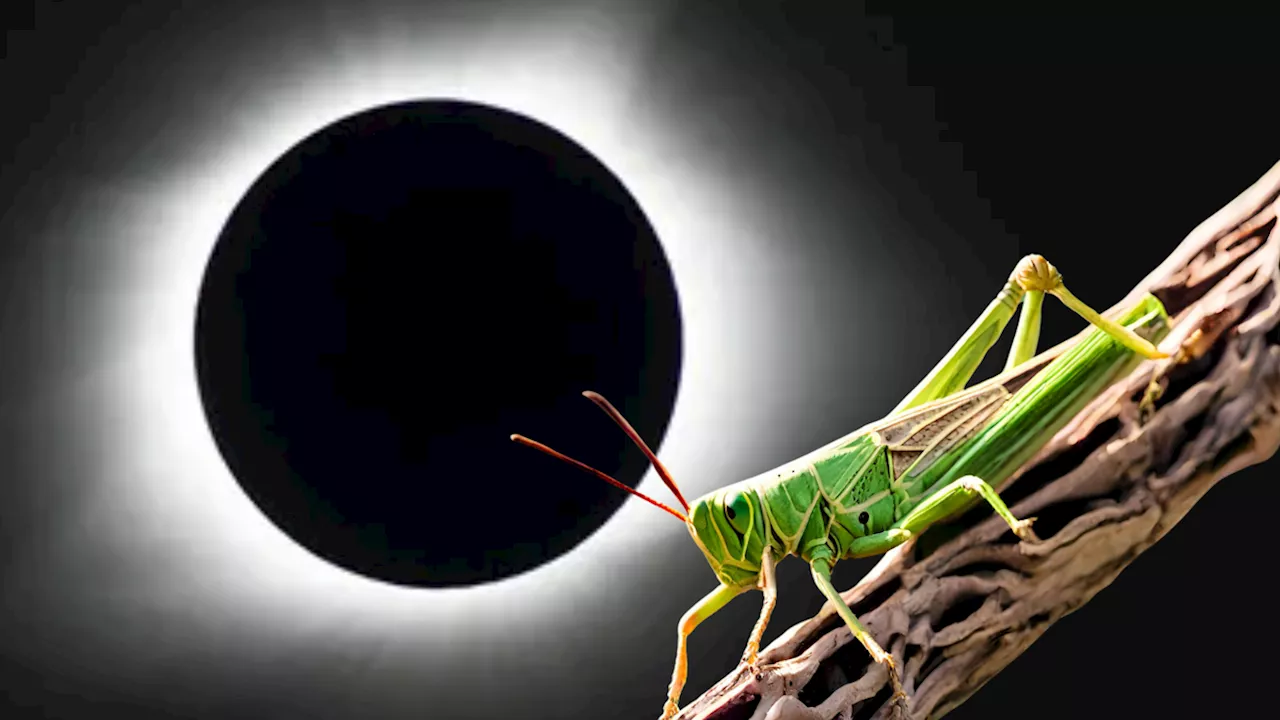 NASA Eclipse Soundscapes Project will record how 2024's total solar eclipse impacts natureRobert Lea is a science journalist in the U.K. whose articles have been published in Physics World, New Scientist, Astronomy Magazine, All About Space, Newsweek and ZME Science. He also writes about science communication for Elsevier and the European Journal of Physics. Rob holds a bachelor of science degree in physics and astronomy from the U.K.
NASA Eclipse Soundscapes Project will record how 2024's total solar eclipse impacts natureRobert Lea is a science journalist in the U.K. whose articles have been published in Physics World, New Scientist, Astronomy Magazine, All About Space, Newsweek and ZME Science. He also writes about science communication for Elsevier and the European Journal of Physics. Rob holds a bachelor of science degree in physics and astronomy from the U.K.
Read more »
 Heaviest pair of black holes ever seen weighs 28 billion times more than the sunRobert Lea is a science journalist in the U.K. whose articles have been published in Physics World, New Scientist, Astronomy Magazine, All About Space, Newsweek and ZME Science. He also writes about science communication for Elsevier and the European Journal of Physics. Rob holds a bachelor of science degree in physics and astronomy from the U.K.
Heaviest pair of black holes ever seen weighs 28 billion times more than the sunRobert Lea is a science journalist in the U.K. whose articles have been published in Physics World, New Scientist, Astronomy Magazine, All About Space, Newsweek and ZME Science. He also writes about science communication for Elsevier and the European Journal of Physics. Rob holds a bachelor of science degree in physics and astronomy from the U.K.
Read more »
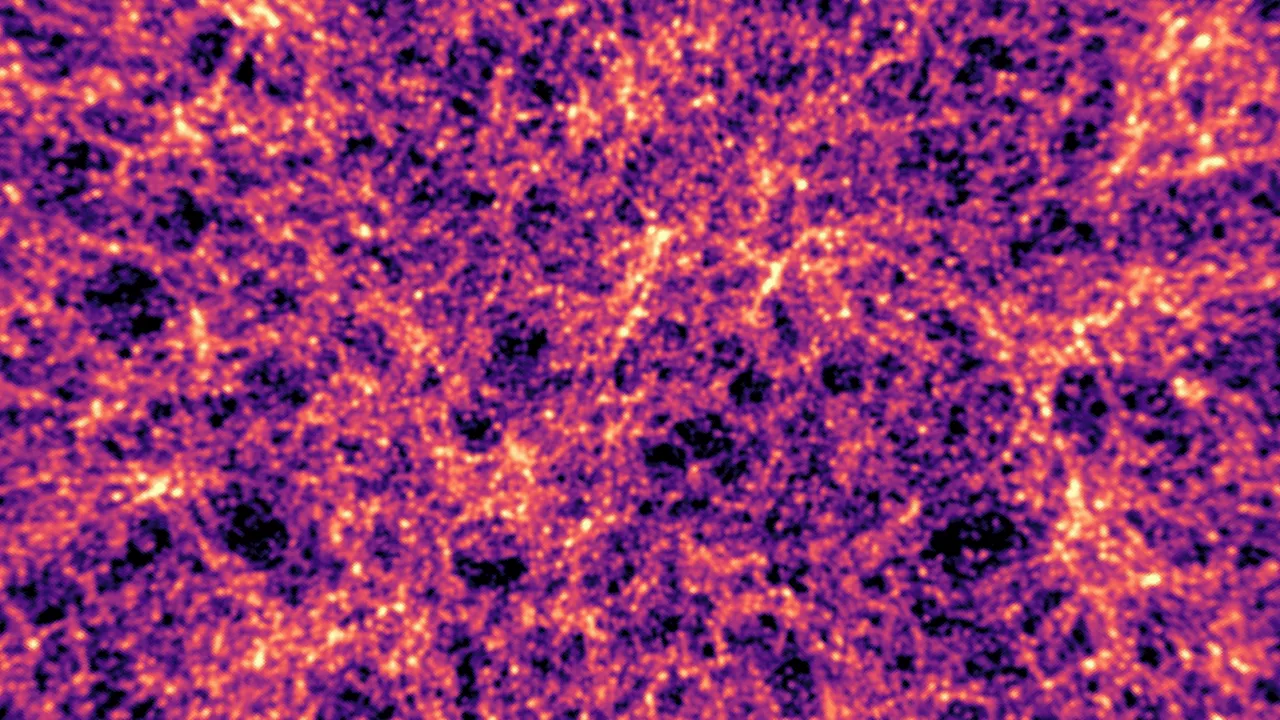 Dark energy remains a mystery. Maybe AI can help crack the codeRobert Lea is a science journalist in the U.K. whose articles have been published in Physics World, New Scientist, Astronomy Magazine, All About Space, Newsweek and ZME Science. He also writes about science communication for Elsevier and the European Journal of Physics. Rob holds a bachelor of science degree in physics and astronomy from the U.K.
Dark energy remains a mystery. Maybe AI can help crack the codeRobert Lea is a science journalist in the U.K. whose articles have been published in Physics World, New Scientist, Astronomy Magazine, All About Space, Newsweek and ZME Science. He also writes about science communication for Elsevier and the European Journal of Physics. Rob holds a bachelor of science degree in physics and astronomy from the U.K.
Read more »
